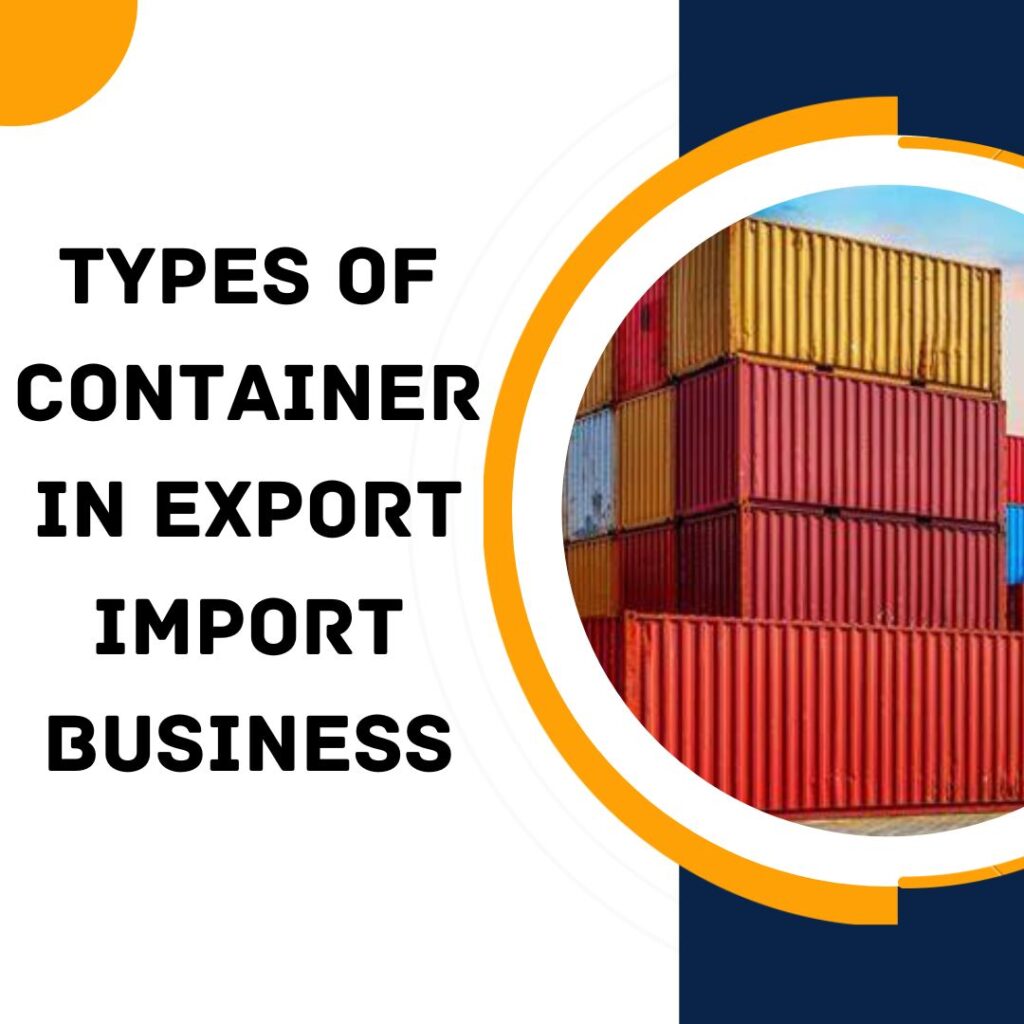Dry Containers: These are the most common containers used for general cargo such as electronics, textiles, machinery, and most non-perishable goods. They come in various sizes – 20-foot and 40-foot being the most prevalent.
Refrigerated Containers (Reefers): These containers are equipped with temperature control systems, maintaining specific temperature conditions for perishable goods like fruits, vegetables, dairy, and pharmaceuticals.
Open Top Containers: These have a convertible top, making it easier to load goods from the top using a crane. Bulky items like machinery or scrap metal are typically transported using open top containers.
Flat Rack Containers: These containers have collapsible sides and can carry oversized cargo, large machinery, vehicles, or heavy equipment. They are particularly useful for goods that don’t fit standard container sizes.
Tank Containers: Specifically designed to transport liquids, chemicals, and gases, these containers have cylindrical shapes and are equipped with safety features to handle hazardous materials.
High Cube Containers: Similar to dry containers but taller, these offer extra vertical space, making them suitable for lighter, voluminous cargo like furniture or lightweight goods.
Ventilated Containers: These containers have ventilation systems allowing airflow, suitable for products like coffee, spices, or other goods that require ventilation during transit.
Insulated Containers: Designed to maintain a consistent internal temperature, these are used for goods sensitive to temperature variations but don’t require refrigeration, such as chocolates or certain chemicals.
Car Carriers (Roll-on/Roll-off – RoRo): Specifically for transporting vehicles, these containers allow cars, trucks, and other wheeled vehicles to be driven onto the ship and secured for transit.
The choice of container depends on the nature of goods, their volume, weight, fragility, and any special requirements for transport conditions. Additionally, understanding the specific regulations and requirements of the importing and exporting countries is crucial when selecting the appropriate container type for international shipping.



